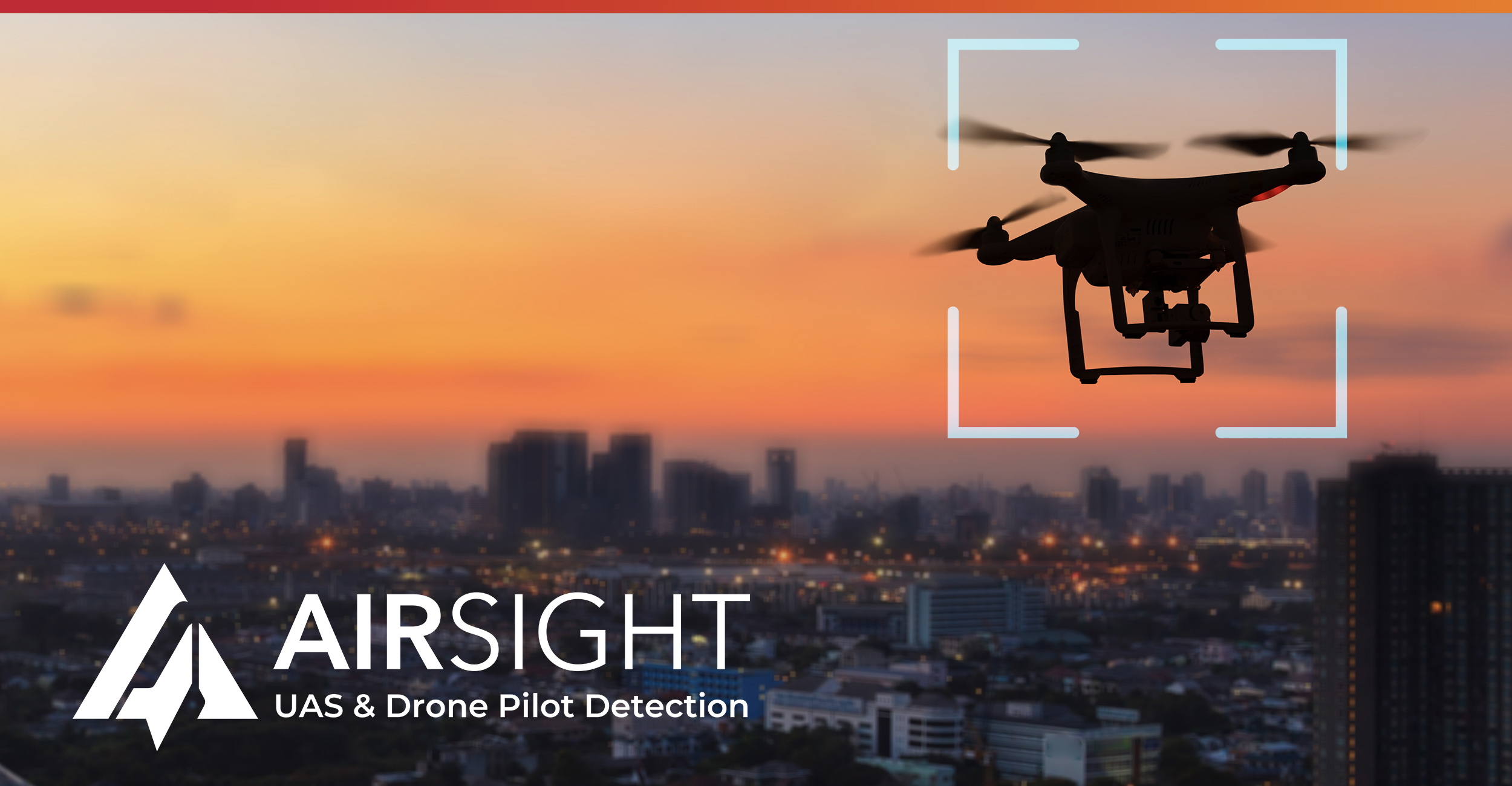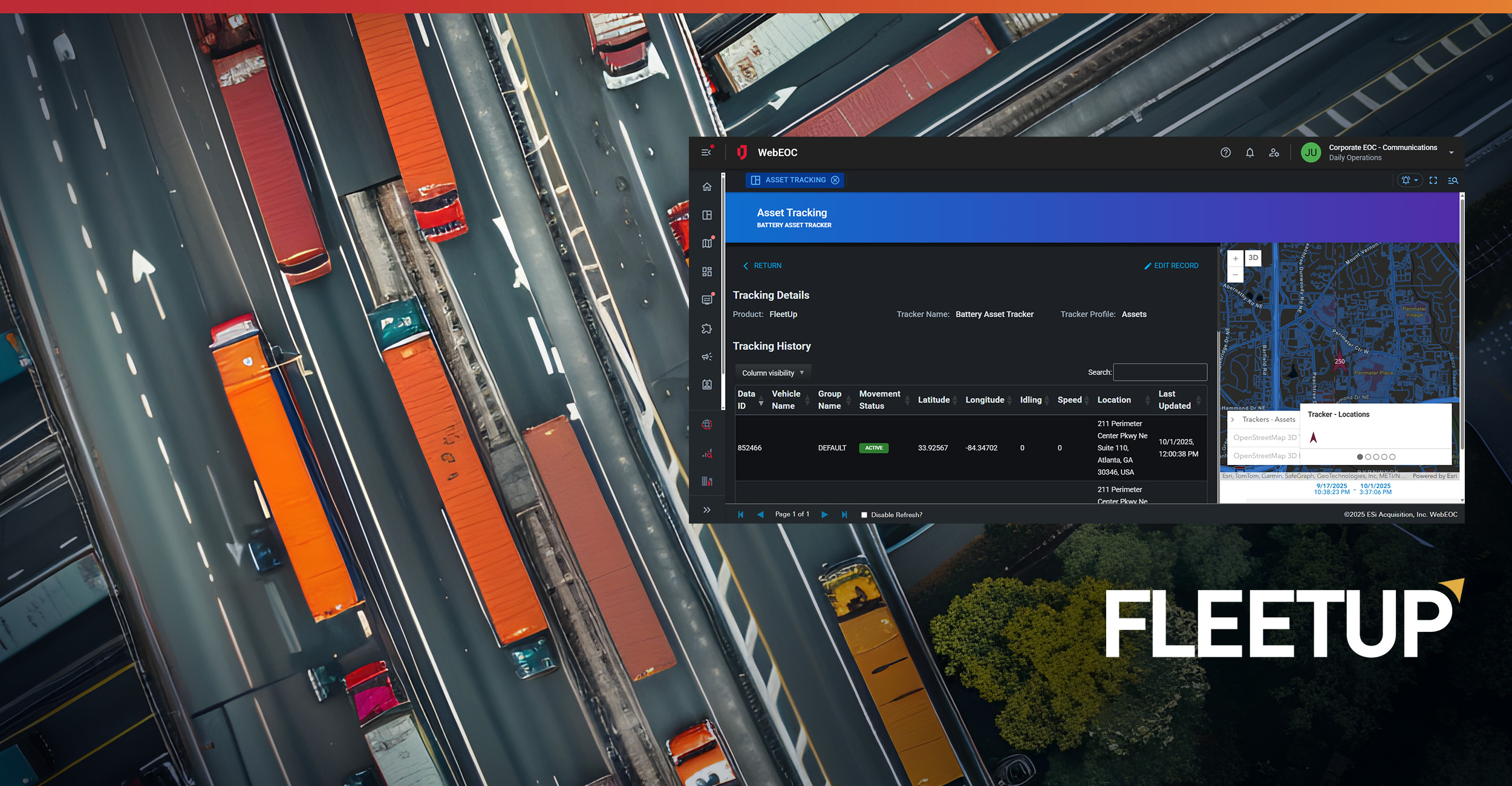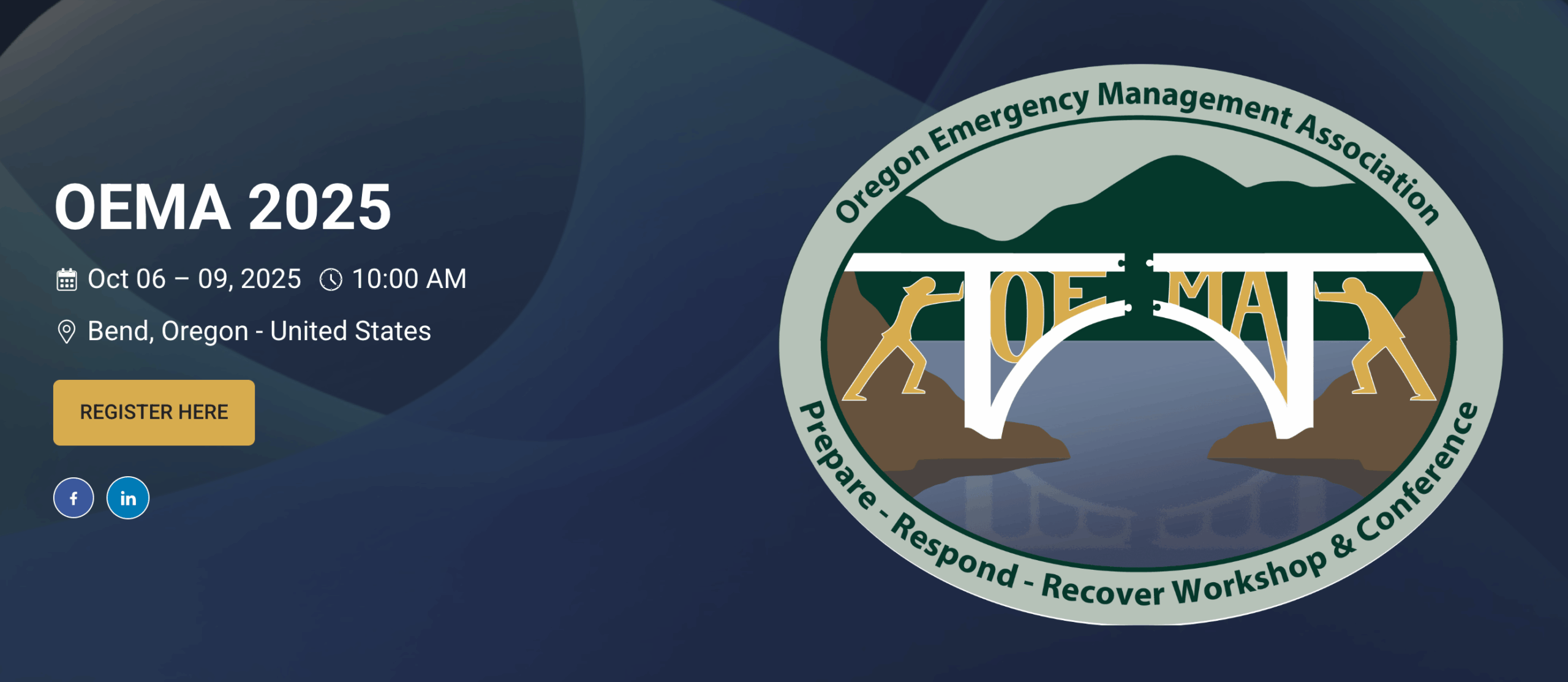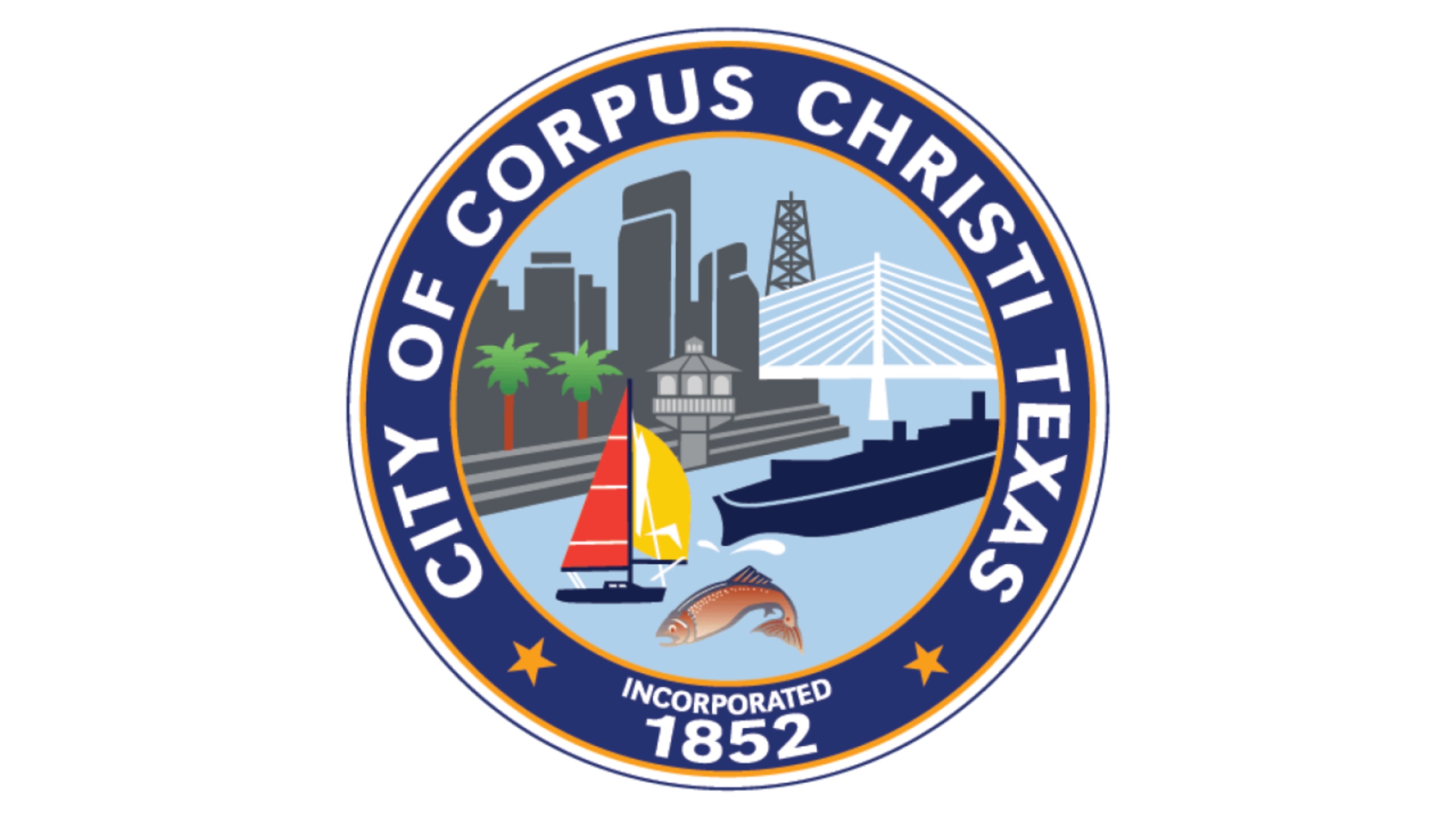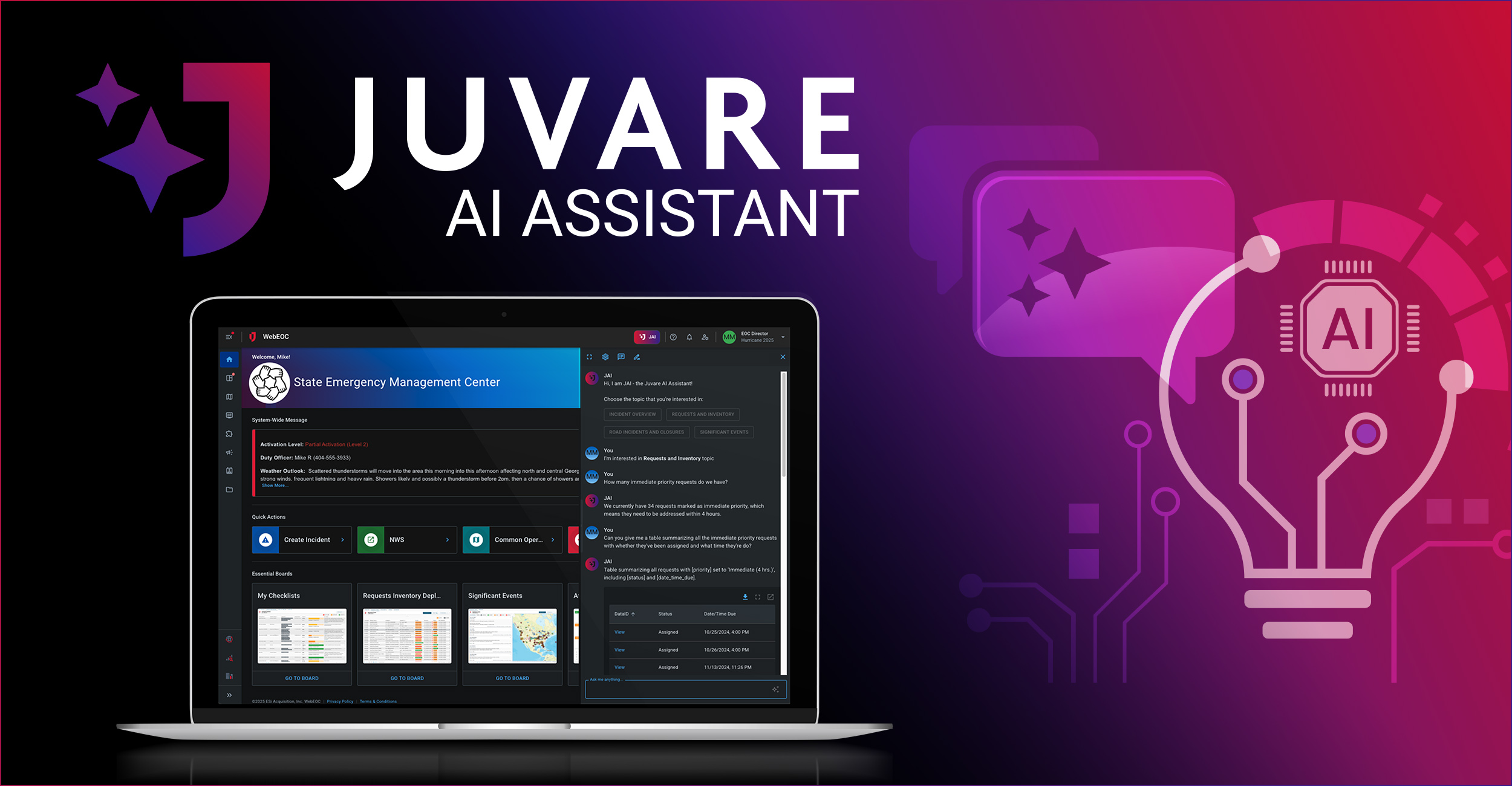Emergency management is at a turning point.
For decades, the field has relied on legacy infrastructure—fragmented platforms, paper-heavy workflows, and limited real-time visibility. But the nature of emergencies has changed. The challenges of today—climate-driven disasters, cybersecurity threats, public health emergencies—require a new model: one that is adaptive, connected, and data-driven.
The emergency management sector must take a strategic, forward-looking approach to modernizing legacy systems. This isn’t just a matter of catching up. It’s about preparing for a future defined by speed, complexity, and interagency coordination.
Outdated Systems Can’t Meet Modern Threats
Emergency managers today are expected to make rapid decisions, coordinate across jurisdictions, and maintain public trust—often with limited resources and under intense pressure.
Yet many organizations are still working with outdated tools: stand-alone software, manual reporting, and workflows that aren’t built to scale. The result is slower response times, information gaps, and greater risk to both people and infrastructure.
The time for incremental change has passed. Modernization must be intentional, well-resourced, and integrated into the long-term strategy of every emergency management program.
Three Shifts Defining the Transformation
Modern emergency management is being redefined by three critical shifts:
- Digital Maturity and System Integration
Modernizing isn’t just about acquiring new tools—it’s about building connected systems that allow for better collaboration, data sharing, and operational visibility.
This includes cloud-based platforms that provide continuity during disasters, mobile solutions for responders in the field, and dashboards that give leadership real-time insight across all incidents and assets.
When systems talk to each other, teams can too—and that means faster, more coordinated response.
- Real-Time Situational Awareness
Emergencies move fast. Decision-makers must be equipped with live, accurate data to understand what’s happening on the ground, minute by minute.
Situational awareness today depends on geospatial technology, satellite imagery, field assessments, and predictive analytics. These aren’t luxury add-ons—they are essential components of a successful response.
Organizations that can see clearly act decisively.
- Resilient, Interoperable Workflows
Whether responding to a flood, a data breach, or a public health emergency, emergency managers must rely on systems that are flexible, mobile, and built to withstand disruption.
Resilience in this context means being able to operate when infrastructure is compromised, when staff are remote, or when multiple agencies are involved. Workflows must be intuitive and interoperable—because in an emergency, clarity and coordination save lives.
Leading the Shift: Strategic Modernization
The most effective agencies are those that don’t wait for the next crisis to upgrade their capabilities. Instead, they:
- Invest in scalable, secure platforms built for the long term
- Prioritize digital training and readiness across the organization
- Work with partners to ensure seamless integration across systems
- View modernization not as a cost, but as a form of risk mitigation
A strategic approach to modernization goes beyond reacting to pain points. It’s about building the infrastructure today that will support faster, smarter decisions tomorrow.
Supporting This Vision with Juvare
At Juvare, we support emergency managers through this transformation with platforms purpose-built for the challenges ahead:
- WebEOC Nexus provides cloud-native incident management with role-based dashboards, configurable workflows, and real-time collaboration across stakeholders.
- Crisis Track empowers field teams with mobile tools for rapid damage assessment and FEMA-aligned reporting—streamlining response and recovery efforts.
- Advanced WebEOC data integrations: predictive weather analytics, satellite flood assessments, drone detection, wildfire sensors, GPS asset tracking.
Together, these solutions help organizations modernize with intent—replacing fragmented systems with unified intelligence and resilient workflows.
Emergency management is evolving. The only question is—are your systems ready to evolve with it?

